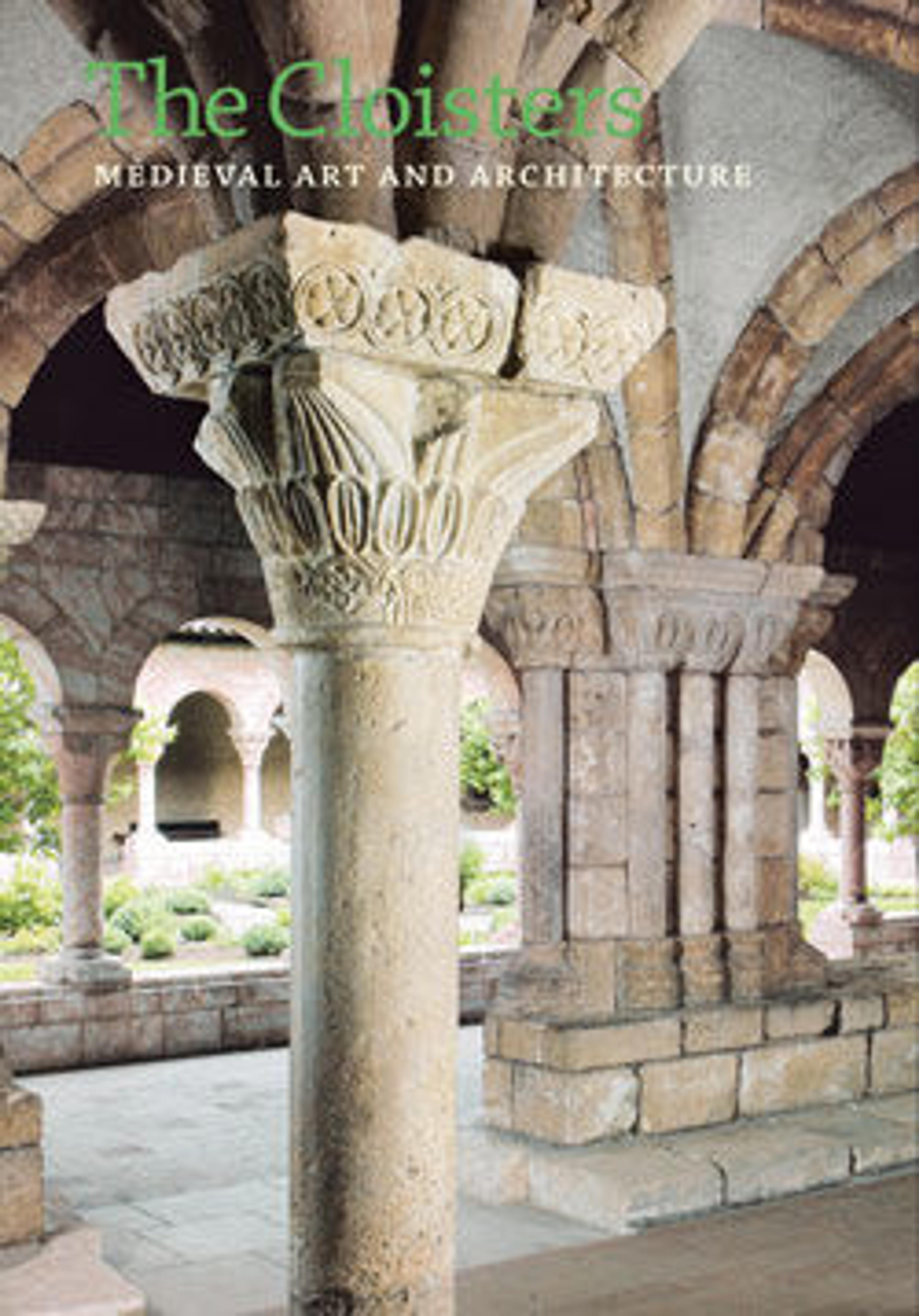Leaf from a Beatus Manuscript: Table of the Antichrist
Illustrated Beatus manuscripts bring to life an extraordinary vision of the end of the world, as recorded by Saint John in the Apocalypse (Book of Revelation) and filtered through the lens of Beatus of Liébana, an eighth-century Asturian monk. These manuscripts are unique to medieval Spain and a testament to the pervasive artistry and intellectual milieu of monastic culture there. The leaf shown here comes from a manuscript disassembled in the 1870s.
This table was created in an attempt to calculate the numerical "code" of the Antichrist, who was a particularly troubling figure to Christians of the Middle Ages. Saint John asserted in Apocalypse 13.18 that the "number of the beast…is 666," the number specifically linked to the devil at the time the Apocalypse was written. Here, the eight names given to the Antichrist are lettered in red in vertical columns; each letter is assigned a number. The total given is 666, written four times diagonally in the center of the table.
This table was created in an attempt to calculate the numerical "code" of the Antichrist, who was a particularly troubling figure to Christians of the Middle Ages. Saint John asserted in Apocalypse 13.18 that the "number of the beast…is 666," the number specifically linked to the devil at the time the Apocalypse was written. Here, the eight names given to the Antichrist are lettered in red in vertical columns; each letter is assigned a number. The total given is 666, written four times diagonally in the center of the table.
Artwork Details
- Title: Leaf from a Beatus Manuscript: Table of the Antichrist
- Date: ca. 1180
- Culture: Spanish
- Medium: Tempera, gold, and ink on parchment
- Dimensions: Overall (folio): 17 1/2 x 11 13/16 in. (44.4 x 30 cm)
Mat: 22 x 16 in. (55.9 x 40.6 cm) - Classification: Manuscripts and Illuminations
- Credit Line: Purchase, The Cloisters Collection, Rogers and Harris Brisbane Dick Funds, and Joseph Pulitzer Bequest, 1991
- Object Number: 1991.232.13
- Curatorial Department: Medieval Art and The Cloisters
More Artwork
Research Resources
The Met provides unparalleled resources for research and welcomes an international community of students and scholars. The Met's Open Access API is where creators and researchers can connect to the The Met collection. Open Access data and public domain images are available for unrestricted commercial and noncommercial use without permission or fee.
To request images under copyright and other restrictions, please use this Image Request form.
Feedback
We continue to research and examine historical and cultural context for objects in The Met collection. If you have comments or questions about this object record, please contact us using the form below. The Museum looks forward to receiving your comments.
